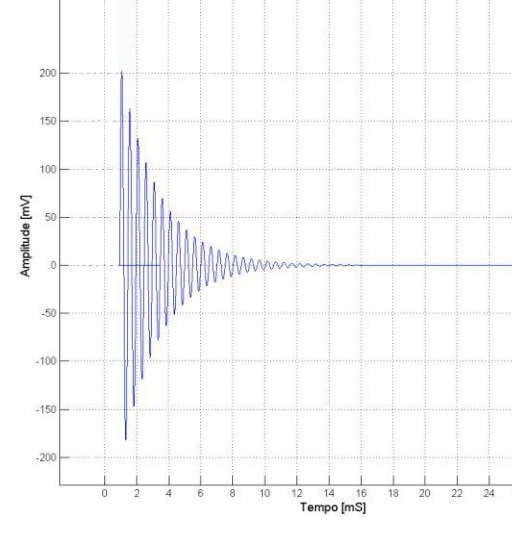Dear All,
I'm looking for a circuit to be capable of converting a low amplitude damping sine wave to an amplified square wave so that I can measure its frequency using my MCU. The frequencies to be measured are usually in a range of 100Hz to 10kHz and Also, I prefer using +5V for VCC and GND for VEE.


